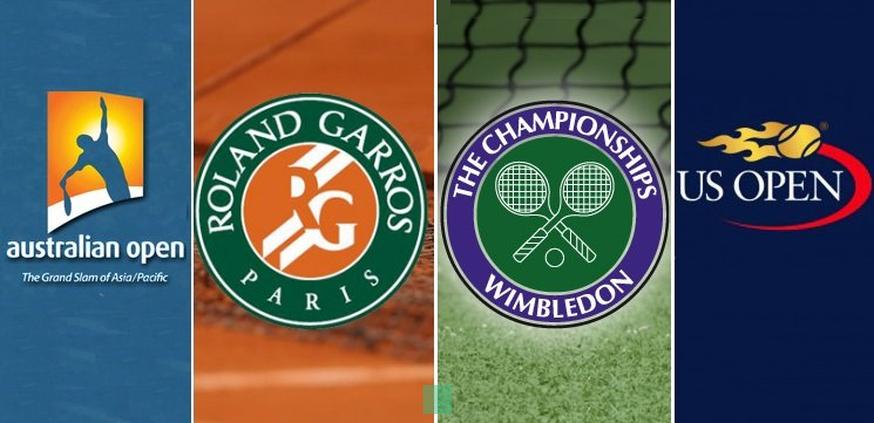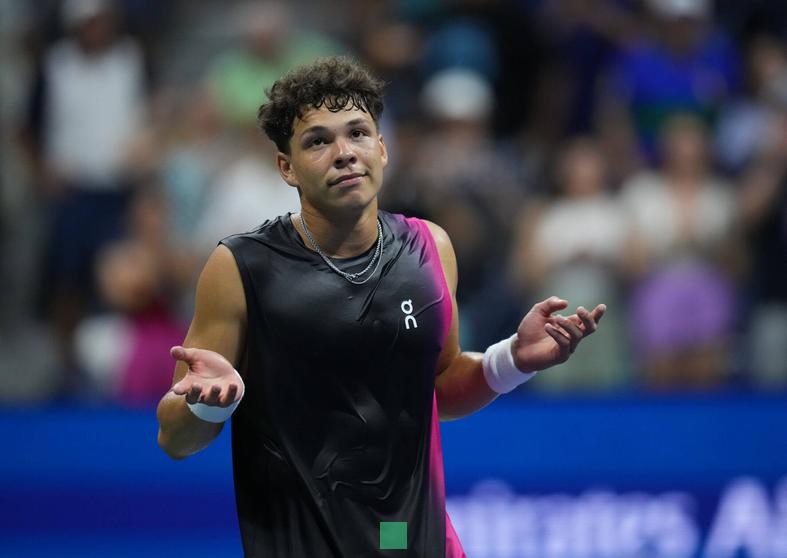The Grand Slam Drought for U.S. Men’s Tennis Keeps Getting Longer

The echoes of Andy Roddick’s thunderous serve reverberating through Arthur Ashe Stadium in 2003 are fading into a distant memory. It’s been two decades since an American man held aloft a Grand Slam trophy, a stark contrast to the nation’s storied history in the sport. The ongoing Grand Slam dry spell for men’s tennis in the United States persists, an unwelcome reminder of a changing landscape in the world of professional tennis. While American women like Serena and Venus Williams have continued to dominate the sport, the men’s side has seen a dramatic shift in fortunes.
The question of why this drought has persisted is a complex one. Some point to a lack of investment in junior development programs, while others argue that the rise of international competition has simply made it harder for American players to break through. Whatever the reasons, the fact remains that the Grand Slam drought for U.S. men’s tennis continues to grow, leaving fans wondering when the next American champion will emerge.
The current generation of American men’s tennis players, while talented, has yet to achieve the same level of success as their predecessors. The likes of Taylor Fritz, Frances Tiafoe, and Sebastian Korda have shown flashes of brilliance, reaching Grand Slam quarterfinals and even a few semifinals, but none have been able to break through and capture a major title. The pressure is mounting, and the weight of history is a heavy burden to carry.
The lack of American Grand Slam winners in recent years has led to a sense of uncertainty about the future of the sport in the United States. Can the U.S. regain its dominance in men’s tennis, or will this drought continue to stretch on indefinitely? The answers, for now, remain elusive.
- The Grand Slam drought for U.S. men’s tennis has been ongoing for two decades, with no American man winning a major title since 2003.
- A lack of investment in junior development programs and increased international competition are cited as reasons for the prolonged drought.
- Current American male players like Taylor Fritz, Frances Tiafoe, and Sebastian Korda have shown promise but have yet to secure a Grand Slam title.
- The pressure is mounting on the new generation of American male players to break the dry spell and bring back the glory days of Pete Sampras, Andre Agassi, and Jim Courier.
- The uncertainty surrounding the future of men’s tennis in the United States raises questions about whether the country can regain its dominance or if the drought will continue indefinitely.
The Last American Grand Slam Champions
The names of Pete Sampras, Andre Agassi, and Jim Courier are etched into the annals of tennis history. These American legends dominated the sport in the 1990s, winning countless Grand Slam titles and establishing themselves as some of the greatest players of all time. But their dominance has faded, leaving a void that has yet to be filled.
Andy Roddick, the last American man to win a Grand Slam title, captured the 2003 US Open, defeating Juan Carlos Ferrero in straight sets. Roddick, known for his powerful serve and aggressive style of play, was a force to be reckoned with on the court. However, he was unable to repeat his Grand Slam success, despite reaching the Wimbledon final in 2004 and 2009.
Andre Agassi, a true icon of the sport, claimed his last Grand Slam title at the 2003 Australian Open, marking a remarkable career comeback for the veteran player. Agassi, known for his flamboyant personality and unorthodox style of play, achieved the career Grand Slam, winning all four major tournaments. His victory in Melbourne was a testament to his talent and resilience, proving that he could still compete with the best players in the world.
The Challenges Facing American Men’s Tennis

The Grand Slam drought for U.S. men’s tennis is not a simple issue with an easy solution. While the nation has a long and proud tradition in the sport, several factors have contributed to the current state of affairs. One of the most significant challenges is the increasing global competition. With more and more players from all over the world emerging on the scene, American players are facing a more demanding environment than ever before. The rise of players like Novak Djokovic, Rafael Nadal, and Roger Federer has raised the bar for success.
Another challenge is the lack of investment in junior development programs. Tennis, unlike many other sports, is an expensive sport to pursue. The costs associated with coaching, travel, and equipment can be a significant barrier for aspiring players, particularly those from lower-income backgrounds. While the USTA (United States Tennis Association) has made efforts to support junior development, the financial resources available are not always enough to ensure that the best young players can reach their full potential.
The lack of a strong domestic tennis culture also plays a role. In countries like Spain, France, and Serbia, tennis is deeply ingrained in the culture, and there is a strong tradition of youth development. In the United States, tennis is often seen as a niche sport, and there is less emphasis on developing young players. This can make it difficult for American players to compete with their international counterparts, who have been playing and developing their skills from a young age.
Reasons for Optimism
Despite the challenges, there are reasons for optimism about the future of American men’s tennis. The current generation of players, including Taylor Fritz, Frances Tiafoe, and Sebastian Korda, has shown immense potential. These players have the talent and skills to compete at the highest level, and they are only getting better with each passing year.
The USTA, aware of the challenges facing American men’s tennis, has implemented a number of initiatives to support junior development. These initiatives include providing financial support for promising young players, establishing high-performance training centers, and developing programs to encourage more participation in the sport at the grassroots level. The USTA’s commitment to junior development is essential for the future of American tennis.
The rise of the sport in the United States is also a positive development. The popularity of tennis is growing, with more and more young people taking up the sport. This growing interest in tennis is creating a more supportive environment for young players, which could lead to a new generation of American champions.
The Future of U.S. Men’s Tennis

The Grand Slam drought for U.S. men’s tennis is a significant challenge, but it is not insurmountable. With the right investment in junior development, a renewed focus on building a strong domestic tennis culture, and continued support from the USTA, American men’s tennis can once again reach the pinnacle of the sport. It takes time for a new generation of players to emerge and make their mark on the world stage. But with the talent and dedication of the current generation of players, the future of U.S. men’s tennis holds a lot of promise.
The recent success of American women’s tennis, with Serena and Venus Williams dominating the sport for over two decades, provides a blueprint for success. The USTA has learned valuable lessons from the success of the Williams sisters, and they are applying those lessons to the development of American men’s tennis. The USTA is committed to building a sustainable program that will ensure that American men’s tennis continues to thrive for generations to come.
The Grand Slam drought for U.S. men’s tennis is a reminder of the cyclical nature of the sport. There will be periods of dominance, followed by periods of struggle. But the passion for the sport in the United States remains strong, and the next generation of American champions is already on the rise. The future of U.S. men’s tennis is bright; the next American Grand Slam champion is just waiting to break through.









